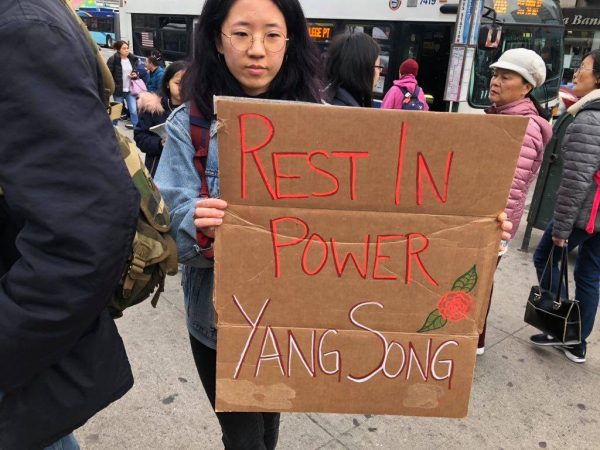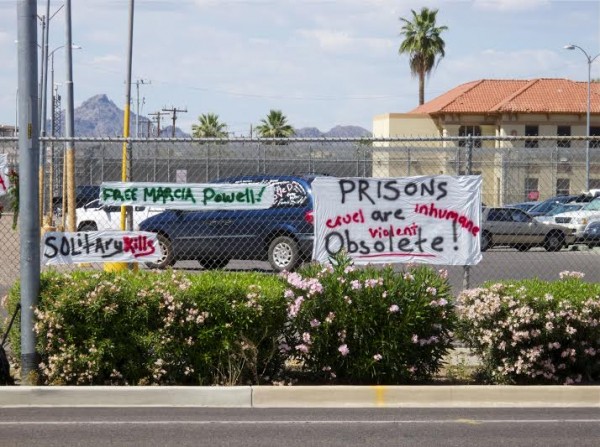White Feminism, White Supremacy, White Sex Workers

A provocative critique of anti-trafficking celebrity spokesman Ashton Kutcher and the rescue industry complex penned by sex trafficking survivor (and Tits and Sass contributor) Laura LeMoon is making the rounds. Predictably, white people are pissed. “Kutcher is just trying to help!” exclaim my white, cishet acquaintances on Facebook, clearly missing LeMoon’s point that “being a good ally on the issue of human trafficking means listening, not talking.” LeMoon also offers a relevant take on the racialized and racist narratives inherent in much so-called philanthropy:
“The savior complex that activists and ‘allies’ typically display is particularly important to be examined through the lens of the white savior complex. It is no coincidence that most of these so-called allies are, in my experience, upper-class white people who seem to continually distance the realities of sex slavery from themselves and reward their egos through the integration of racist stereotypes that they often promulgate as justification for their domination and supremacy in the movement.”
Many of these philanthropic organizations associated with white savior complexes claim a feminist mission, which is why sex workers, particularly sex workers of color, have been some of the most vocal opponents of white feminism. White feminism, especially feminism that actively excludes trans people (Trans Exclusionary Radical Feminists, TERFs) and sex workers (Sex Worker Exclusionary Radical Feminists, SWERFs) is steeped in white supremacy. TERF and SWERF perspectives are reliant upon the preservation of white womanhood, which is always maintained at the expense of people of color. This is why Brittney Cooper writes that “[w]hite women have been some of the worst perpetrators of racial aggression and racial indignity in this country, but their aggressions frequently escape notice, precisely because white womanhood and the need to protect it animates the core of so much white supremacist aggression toward Black people.”
The inherent racism of white womanhood escapes notice precisely because doing white femininity entails curbing accountability. Eschewing agency, especially sexual agency, is essential for the performance of white womanhood. It’s why so many white feminists harbor disdain for sex workers—sex workers put a price on performances of femininity which are typically demanded of femme-presenting people for free and without full consent. Think of it this way—there is a reason Christian Grey is not a Black man. Rape fantasies like 50 Shades of Grey appeal to white women because doing white femininity means abating all culpability. White womanhood fetishizes submission to white men because it allows white women to skirt responsibility for all things unbecoming a “good girl”— namely, again, sexual agency. The toxicity of white womanhood is evident in TERF and SWERF feminisms; I’m sure I’m not surprising any Tits and Sass readers with my analysis thus far. What receives far less attention, at least in circles of predominantly white cis sex workers, is how we—white cis women—propagate the institution of white womanhood at the expense of marginalized sex workers.
Let me be clear—I am a white, cis, former sex worker. I have a straight job these days. I experience a great deal of privilege on a day-to-day basis, even as a queer person who is also a single mother. And even though my girlfriend experiences hardships in the world on account of being trans, we are, after all, both white. All this is to say that intersectionality is not just about acknowledging the crossroads of oppression; it is about acknowledging intersecting privileges.
So, yep, I wear a Scarlet Letter. And yep, my lover is a woman. And yep, being a single parent is hard. But please, white cisters, stop ignoring how struggles like mine are compounded for non-white people. White cisters—particularly those of you in the sex workers’ rights movement—I’m coming for you.


